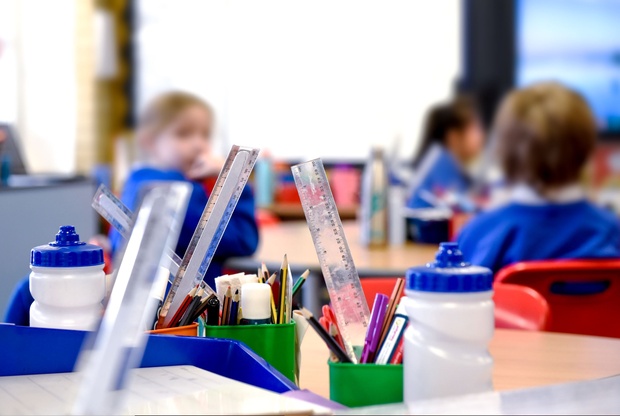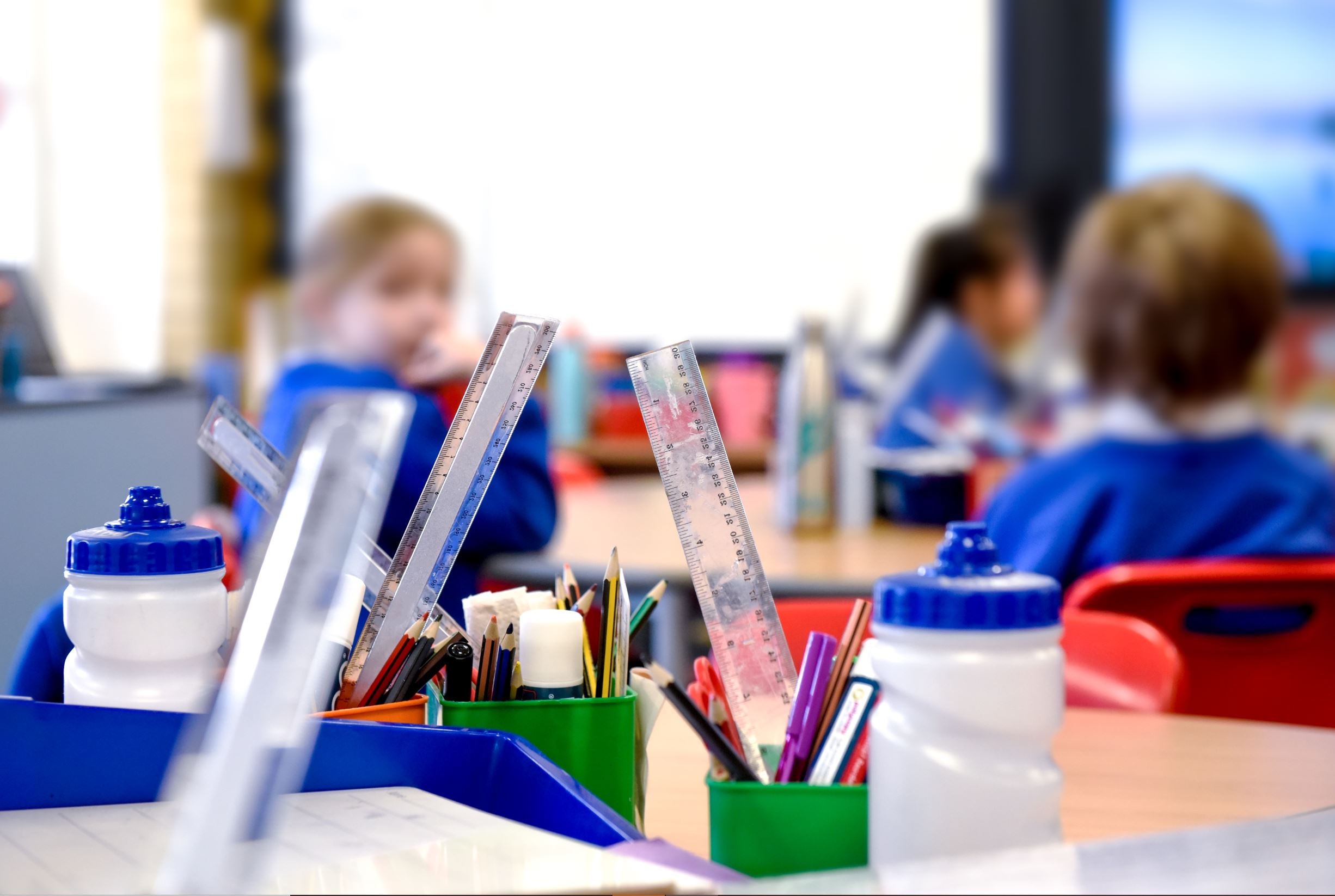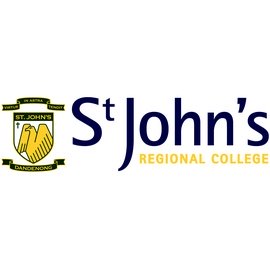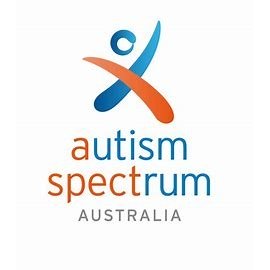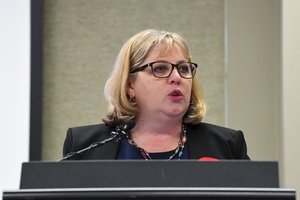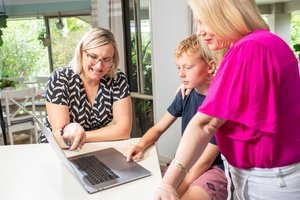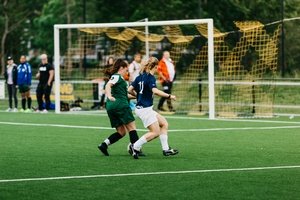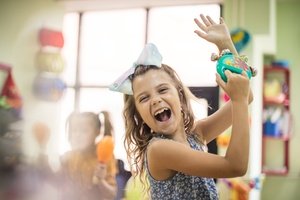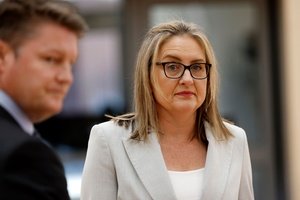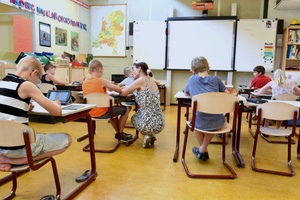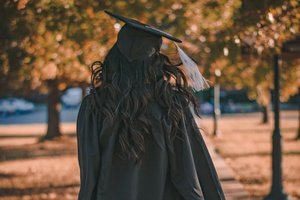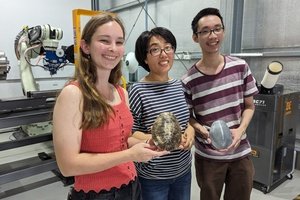This week the Aboriginal and Torres Strait Islander Mathematics Alliance (ATSIMA) and the Australian Association of Mathematics Teachers (AAMT) have joined forces to convene a summit to address the “entrenched and widening” disparity between Indigenous and non-Indigenous students’ achievement in maths.
ATSIMA chair and Quandamooka mathematician Professor Chris Matthews told EducationHQ that the group intends to discuss the barriers to Indigenous students’ success in the subject before drawing up a commitment to change outcomes at scale.
“The latest NAPLAN results demonstrate the shocking [gap] for Indigenous students in maths,” he said.
“For example, Year 9 Indigenous students perform, on average, at Year 5 level in numeracy.
“That’s unacceptable. It’s an educational gap that has the potential to impact their entire lives – permanently putting the handbrake on their career opportunities.”
Matthews said a clear action plan would also be devised, charting a roadmap for schools and school systems to follow from here.
The crux of the issue, according to the mathematician, is that our education system was never set up to value Aboriginal education.
“We’ve only just started to introduce Aboriginal perspectives in the curriculum, which is a way forward.
“People see it as probably a politically correct movement, or a ‘woke’ thing…
“[But] we’re at a point now where we’'re trying to shift that through the education system, to really understand who Aboriginal people are and what their culture is and what the value of that is.
“And we can also do that in connection to when we’re learning certain maths concepts.”
Many Indigenous communities across the country also do not have English as their first language, and so tests like NAPLAN can present a real problem for some students, Matthews says.
“They actually get judged on that – the system sees how they’re progressing in mathematics education [on a test that doesn’t account for their English proficiency].”
Matthews is not an advocate of using explicit instruction to build maths skills in Indigenous children.
Rather, he says mathematical concepts should be connected with Indigenous perspectives and culture, so students see the links and the learning becomes “quite straightforward”.
One example is using the sophisticated Indigenous kinship system – called Gurruṯu – to explore mathematical concepts, he suggested.
“I understand direct instruction to be very precise English instruction, where students usually have to repeat and keep on repeating until they get the right answer.
“So for me, that’s not a good education for anybody, because it’s not really about conceptual understanding…”
It’s a view not shared by Noel Pearson, Indigenous activist and co-chair of Good to Great Schools Australia, who has for years strongly backed direct and explicit instruction as the key to overcoming educational disadvantage, and condemned ‘progressive’ education approaches that are “rooted in social constructivism”.
“Aboriginal children are no different to other human children,” he said at a Centre for Independent Studies event.
“They have the same capacity, and they have the same learning mechanism as other human students, there is nothing ‘sui generis’ about Indigenous children; they are humans, if they are taught with effective pedagogy, they will learn.
“So those who say we need more evidence to prove what’s effective with Indigenous education children, I think, are almost making a racial distinction,” Pearson said.
Matthews said many people still held low expectations for Indigenous students, effectively stunting their maths progress.
“I think [many] still have that terra nullius mindset, as they still think that Aboriginal people are not clever, or they’re behind or ‘deficit’ or ‘disadvantaged’ – all those words comes in all the time,” he explained.
A lot of the time Indigenous students succeed in school and beyond despite the system, Matthews added.
“There is a resilience of our people that we should start to celebrate … but in general, most Aboriginal kids, I think, when you see them in schools, don’t really perceive what their future is or have a feeling that there’s a future for them.
“And I think that really needs to change.”
Allan Dougan, CEO of AAMT, said the maths achievement gap demanded immediate attention.
“It’s the urgent task of education leaders all around Australia to work together to address this – we simply cannot let education outcomes like this sustain and get worse.”
“The summit will mobilise the mathematics education system to arrest and reverse the gap in maths attainment between Indigenous and non-Indigenous kids.”
Matthews said he’d seen first-hand the impact poor maths skills had on Indigenous people’s lives post-school.
“I’ve met adults that have said that they’d been in university and wanted to do a business course, and because they couldn’t pass that one maths course, they had to drop the whole lot.
“There’s many, many stories out there where maths probably stops people from doing something that they really want to do.”

